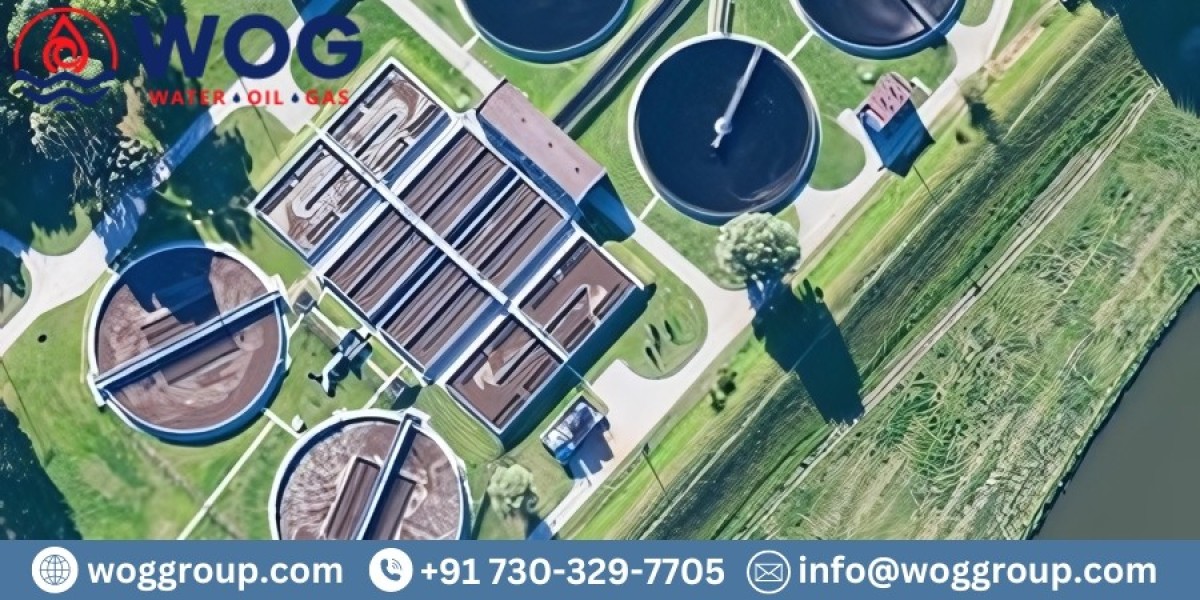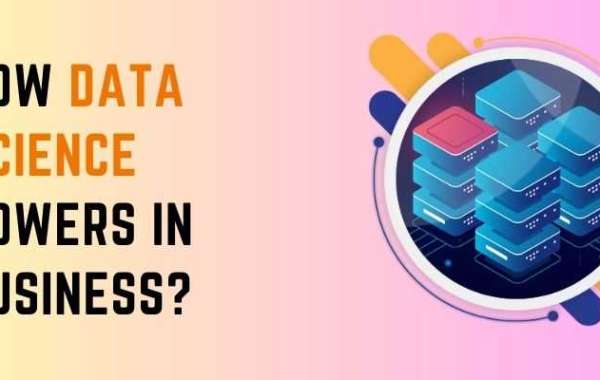As environmental concerns are growing, sustainable waste management solutions are essential. Innovative technologies like Anaerobic Digester System have garnered notice. These devices transform organic waste into renewable energy and valuable byproducts, making waste management powerful and innovative. Food waste, animal dung, and agricultural leftovers are broken down in oxygen-free anaerobic digester systems by microorganisms. This creates biogas, a renewable energy source for heating, cooking, and electricity. A biofertilizer called nutrient-rich digestate is also produced during digestion, improving soil quality and agricultural output. These systems offer economic and sustainable benefits and are eco-friendly trash disposal alternatives. Through greenhouse gas reduction, landfill reduction, and renewable energy generation, Anaerobic Digester Systems help fight climate change and promote a circular economy.
Anaerobic Digester Systems are crucial to sustainable waste management, thus this article will explain their operation, benefits, and uses. This article explores anaerobic digester-generated renewable energy from waste. In a time of climate change and sustainability, using organic waste as a resource is revolutionary. These oxygen-free anaerobic digester systems break down food waste and agricultural outputs with microorganisms.
How To Generate Renewable Energy From Waste Using An Anaerobic Digester System?
Generating renewable energy from garbage using an anaerobic digester system comprises several important phases. This technique not only assists in controlling organic waste but also converts it into biogas, which can be used as a sustainable energy source. Here’s a step-by-step guide on how this process works:
- Feedstock Collection
The first step is to gather organic waste materials that can be digested. This can include:
- Agricultural leftovers (crop waste, manure)
- Household, restaurant, and food processing facility food waste
- Sludge from wastewater treatment for industrial process.
- Other biodegradable materials
- Feedstock Preparation
Pre-processing organic materials after collection may improve digestion. This can include:
- Shredding: Reducing big materials to enhance surface area.
- Mixing waste kinds optimises nutritional balance.
- Moisture adjustment: Keeping feedstock moisture between 50-70% for microbial activity.
- Anaerobic Digestion
The prepared feedstock is put into the anaerobic digester, which digests without oxygen. This has numerous steps:
- Hydrolysis: Complex organics are simplified.
- Acidogenesis: Simple compounds are converted into volatile fatty acids and hydrogen.
- Acetogenesis: Volatile fatty acids are further broken down into acetic acid, hydrogen, and carbon dioxide.
- Methanogenesis: Methanogenic bacteria convert acetic acid and hydrogen into methane (biogas) and carbon dioxide.
- Biogas Collection
As organic matter is digested, biogas collects at the top of the digester. This biogas is mostly made of:
- Methane (CH₄): The major component, which is a valuable energy source.
- Carbon Dioxide (CO₂): A less valuable byproduct.
- Trace Gases: For instance, hydrogen sulphide (H₂S) may require removal.
- Biogas Use
Biogas can be used in many ways:
- Electricity: Burning biogas in an industrial power plant to generate electricity.
- Heat: Biogas can be burned to generate heat.
- Upgrade to Biomethane: Biogas can be purified to remove carbon dioxide and other impurities to make biomethane, which can be used as fuel or injected into the natural gas grid.
- Digestive Management
The digestate can be processed after digestion:
- Digestate can be treated to recover nutrients for fertilisers.
- It can be applied directly to fields as a nutrient-rich soil conditioner.
- Tracking and optimising
Anaerobic digestion must be monitored continuously to maximise energy production and efficiency. Important metrics include:
- Keep pH optimal for microbial activity.
- Maintaining the digester's temperature (mesophilic or thermophilic).
- Hydraulic Retention Time (HRT): Optimising digester waste digestion.
Types Of Waste Suitable For Anaerobic Digestion
Anaerobic digestion efficiently treats organic waste. The following wastes are ideal for anaerobic digestion:
- Food Waste
- Home Food Scraps: Peels, leftovers, etc.
- Restaurant, grocery store, and food processing plant waste.
- Food residues include unharvested crops, spoiled food, and food byproducts.
- Agricultural Waste
- Manure: Cattle, pigs, chickens, and horses' waste.
- Crop Residues: Stumps, leaves, and husks from harvesting are crop residues.
- Sewage Slop
- Wastewater Treatment Sludge: By-products from municipal and industrial water treatment procedures.
- Organic Industrial Waste
- Food Processing By-products: Produced from food manufacturing, including peels, pulp, and seeds.
- Brewery and distillery waste: Spent grains and yeast.
- Green Waste
- Yard Waste: Grass clippings, leaves, branches, and other organic debris from landscaping and gardening.
- Animal By-products
- Rendering Waste: Waste from meat processing, including bones and fat.
- Fats, Oils, and Grease (FOG)
- Cooking use of fats, oils, and grease (FOG) Kitchen and food service oils.
- Animal Fats: By-products from meat processing that can be treated in anaerobic digesters.
- Other Organic Waste
- Paper and Cardboard: Uncoated and biodegradable paper products can also be digested.
- Anaerobic systems can treat some compostable bioplastics, depending on their composition.
Benefits Of Anaerobic Digester Systems For Waste Management
Anaerobic digester systems offer several benefits for waste management, making them an effective and sustainable method for processing water treatment or organic waste. Some important benefits are:
- Biogas Production: Anaerobic digesters produce methane-based biogas that can provide energy and heat. This renewable energy reduces fossil fuel use.
- Significant Decomposition: The anaerobic digestion process reduces the volume of organic waste by 50-90%, lowering the quantity of garbage that needs to be landfilled and extending the lifespan of landfills.
- Digestate fertilizer: The by-product of anaerobic digestion, known as digestate, is rich in nutrients. Processing it into natural fertilizer replenishes soil nutrients and promotes sustainable agriculture.
- Diverse Organic Materials: Anaerobic digesters can handle food waste, agricultural waste, and sewage sludge, making them diverse waste stream solutions.
- Sustainable Practices: By fostering renewable energy and nutrient recycling, water recycling, and anaerobic digesters contribute to more resilient agriculture and energy systems, helping communities adapt to changing environmental conditions.
- Greenhouse Gas Emission Reduction: Organic waste decomposition in landfills releases methane, which anaerobic digesters capture to reduce greenhouse gas emissions and mitigate climate change.
- Improved Waste Management: Anaerobic digesters assist towns and businesses meet waste diversion and environmental standards by replacing landfill disposal.
- Reduced Odors and Pathogens: Anaerobic digesters reduce bacteria and odours in organic waste, making them a more hygienic waste management solution.
- Local Opportunities: Anaerobic digestion facilities can boost local economies by producing energy and agricultural input and creating jobs.
WOG: Offering The Best Possible Services
Customers who have good experiences better demonstrate the company's value. We operate with optimism that our company will expand and become well-known. We'll work hard daily to develop our corporate strategy. Therefore, WOG Group provides solutions to this issue for enterprises that rely on operations that generate wastewater. Researchers are still accessible, and plans are in place to accommodate future requests for wastewater treatment plants.
We try to offer water conservation benefits. Due to our effluent treatment projects, we are a leading supplier of effluent water treatment facilities.









